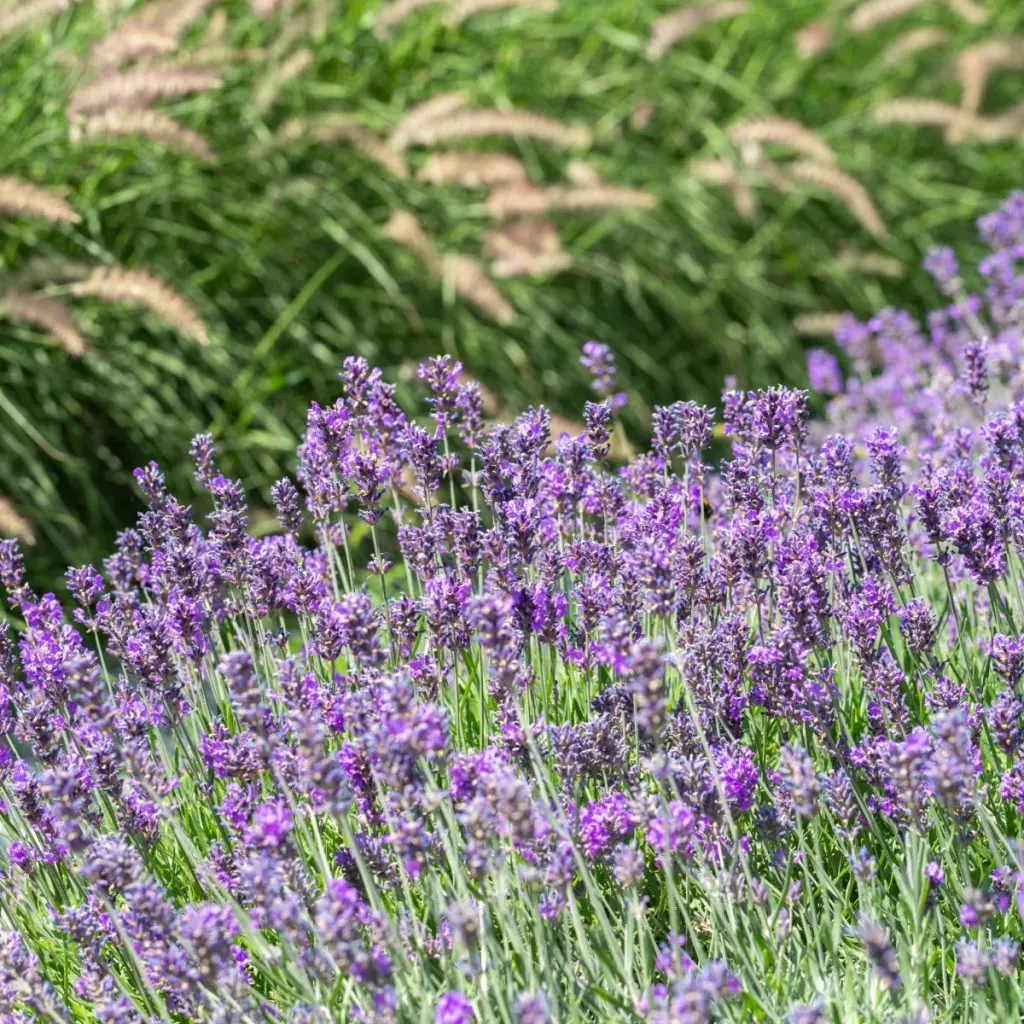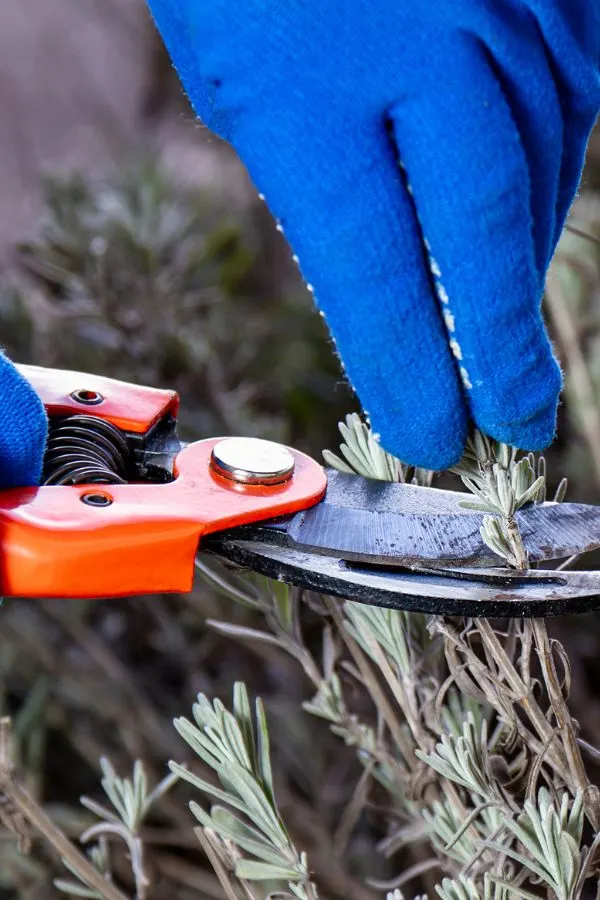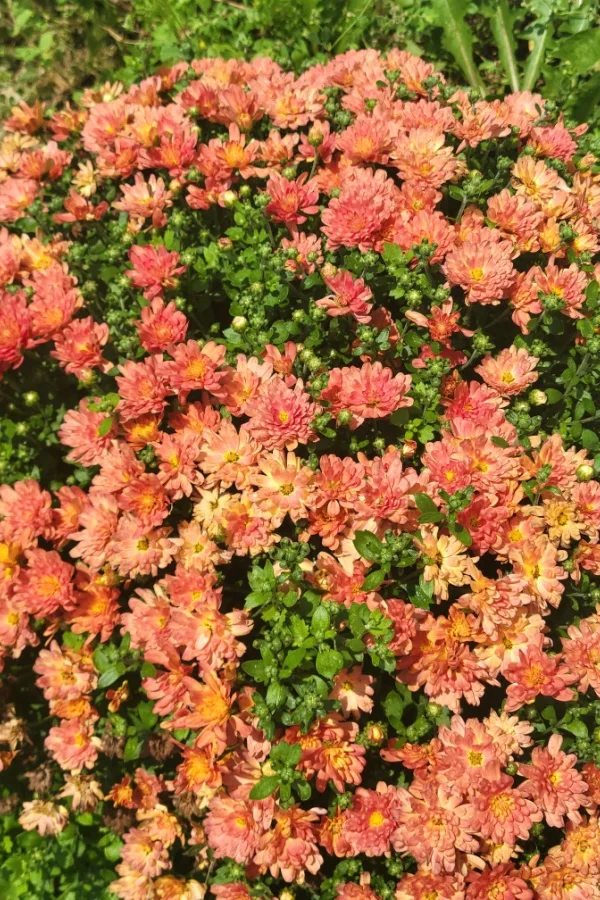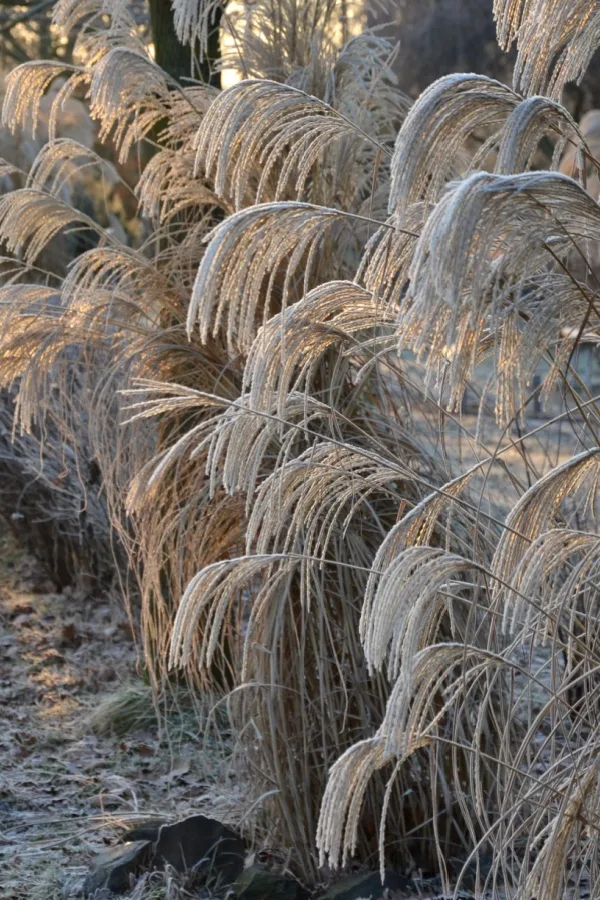While the fall is a great time for dividing a wide range of perennials like hostas, daylilies, coneflower and more, there are a few perennials that you should never divide in the fall. Not only is it hard to get the new divisions to root and grow, it can also put the main plant at risk of completely dying out!
By the time fall arrives, most plants have started to slow way down in their growth and flower production. In fact, many have stopped producing altogether. And for most perennials, it makes it the perfect time for dividing.
The cooler weather allows them to create new roots quite easily in the soil and establish a healthy and robust root system long before winter arrives. And all of those roots also give them a head start on early spring growth next year.

But that isn’t the case for all perennials. In fact, there are three such perennials in particular that should never be dug up and worked at all in the fall. And unfortunately, all too often, gardeners make the mistake of trying to divide them – and end up losing the entire plant!
3 Perennials You Should Never Divide In The Fall
Lavender
This popular fragrant perennial is one of the best for bringing in color and pleasant scents to flowerbeds. With deadheading and proper care, lavender is capable of blooming up to four times in a single growing season.
However, during the fall months, less is often more when it comes to lavender. The more you mess with the plant, the more it will resist and struggle to produce the following spring. And in some cases, if you mess with it too much, it can spell the end of the plant.
Besides deadheading (removing spent blooms), there really isn’t much you should do with your lavender plants in the fall. This includes dividing plants. Actually, lavender is actually one plant you really never want to dig up and divide.

Lavender plants grow from a woody, shrub-like base. This makes division almost impossible. Not only will the new division struggle to get established in its new growing location, but the original plant will also likely die from being split.
With lavender, instead of dividing, your best chance of success is to prune overly large plants back heavily in early spring. This will help to keep plants smaller and more manageable, even if you do have to go without blooms for a year.
Mums – 3 Perennials You Should Never Divide In The Fall
Mums are of course the unofficial flower of fall. Everywhere you look this time of year, you will likely encounter a porch or flowerbed full of blooming mums.
Mums actually come in two different varieties: garden mums (also known as hardy mums) and floral mums (also known as annual mums). The main difference between the two is their root structures. See our article: 3 Secrets To Buying Mums This Fall – What To Look For When Buying Mums
Floral mums have very shallow roots that will freeze out when winter arrives. Once this occurs, the plants die back. There is no need for dividing floral mums since they are designed to only survive one season.

Hardy mums, on the other hand, develop a much deeper root system. This allows them to grow as perennial and overwinter all the way up to Zone 5. But fall is not the time to mess with them!
Dividing Hardy Mums – 3 Perennials You Should Never Divide In The Fall
After a few years, hardy mums can grow to be very large. This also means that their root system is also large. This can cause a whole host of issues like not being able to absorb enough nutrients and moisture from the soil. When this occurs, it’s time to divide the plants.
However, late in the growing season is not when you should be tackling this task. Why? Because fall is when these plants flourish with all their blooms and beautiful colors. And dividing them now would not only mean a quick end to their color – but also put the plants at a big risk of dying out.
Because they are blooming or just finishing blooming in very late fall, they have very little energy left. And by dividing them up this late, without much energy left, they struggle to set new roots before winter. And without a good root system, they simply can’t handle freezing and thawing.
Instead, wait until very early spring to divide the plants. This allows the new plants to become established during the summer months, getting them prepped and ready for a new fall season of color.

Ornamental Grasses – 3 Perennials You Should Never Divide In The Fall
Ornamental grasses are perfect for adding interest to all sorts of locations in your landscape. However, as they age, the plants get unruly and overgrown. In addition, their crowns start to suffer as well. This can result in patchy and spotty growth, especially in the center of the plant.
When this occurs, not only is it hard on the plant, but it is also quite unattractive. One thing is for sure, spotty growth can really put a damper on their beauty.
If you notice spotty growth or your plants have become overgrown, your best course of action is to dig up and divide plants, keeping only the healthy sections. It’s a simple task that should be done every two to four years. However, it’s always best to wait until plants go dormant before doing this task.
Why To Avoid Dividing Ornamental Grasses In Fall – 3 Perennials To Never Divide In The Fall
It is okay if you wish to cut them back, but it’s a big no-no to dig them up in the fall. If you were to divide plants in the fall, it simply doesn’t give them enough time to establish before winter arrives. And again, it will put the entire plant in jeopardy of dying out over winter.

As for cutting back, it’s actually best to leave the grasses be until very early spring. Not only will the grass cover help to insulate the plant, as an added bonus, the grasses will continue to provide texture and interest to an otherwise barren landscape over winter.
But even more, these natural grasses also provide wonderful shelter and protection for birds and smaller animals. And, if you live in a place with snow and heavy winds, they can also be a natural snow and windbreak too!
Here’s to knowing the perennials you can divide in the fall – and three you shouldn’t!
This Is My Garden
Follow Our Facebook Page For Great Gardening Tips And Advice! This Is My Garden Facebook Page
This Is My Garden is a garden website created by gardeners, for gardeners. Jim and Mary Competti have been writing gardening, DIY and recipe articles and books and speaking for over 15 years from their 46 acre Ohio farm. They publish three articles every week, 52 weeks a year. Sign up today to follow via email, or follow along!
